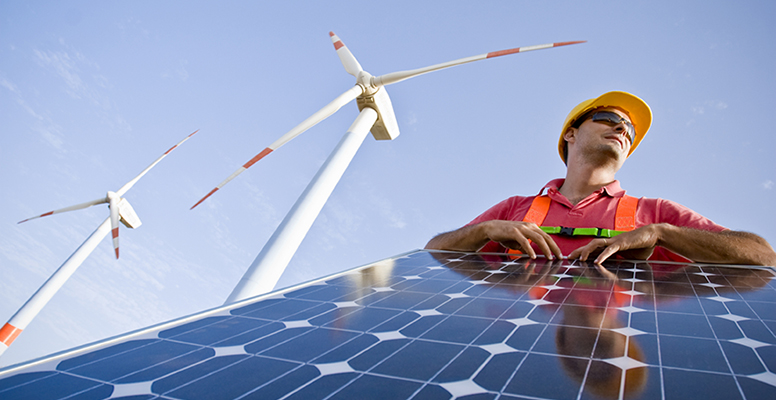Stakeholders Stress Need for Clean Energy Finance Tool
Following the reintroduction of the Master Limited Partnerships Parity Act in the U.S. House and Senate this year, key congressional committees are considering whether to extend access to this financing tool to clean energy technologies.
More than $468 billion has been invested in master limited partnerships, or MLPs, since the 1980s for incumbent energy technologies such as oil and gas exploration and pipeline construction. Clean energy leaders say the partnerships also can benefit their sector, where access to lower-cost capital is critically important to secure private investment.
A master limited partnership is a business structure that has the tax advantages of a partnership but whose ownership equity can be traded as easily as public stock. Energy projects qualifying as master limited partnerships have access to low-cost capital and liquid investment opportunities, as well as a relatively high rate of return for investors. Master limited partnerships have existed since 1981 and are available to investors in fossil-fuel extraction and pipeline projects.
On Aug. 7, The Pew Charitable Trusts hosted a webinar about the potential for MLPs in the clean energy sector that included leading investors, manufacturers, and energy producers. Although solar, wind, and industrial efficiency representatives said they would use the partnerships in different ways, each confirmed that allowing their businesses to have access to this tool could provide significant benefits.

“Master limited partnerships are a proven tool that has attracted a very significant amount of capital to energy infrastructure, with total market capitalization now at $468 billion,” said Steven Berkenfeld, managing director at Barclays Capital. “They have provided enormous benefits to asset development and to the sponsors and owners of these assets, as well as to public investors in these partnerships, all while incurring a relatively modest cost in terms of tax revenue impact.
“Many clean energy assets also would be well suited for the MLP structure. Approval of the MLP Parity Act should attract significant new investment in these assets while also lowering the financing costs for these businesses and allowing widespread retail and institutional ownership of these projects.”
David Flitterman, chairman of North American operations for Gamesa Technology Corp., agreed. “Unlike traditional energy sources, wind energy developers cannot take advantage of MLPs, because they are only available for finite natural resources such as fossil fuels. If we truly want to leave it up to the market to drive investment decisions, then we need to ensure fairness and parity across the board for all energy sources. That means giving renewable energy sources like wind the same rights that the oil and gas industry has to access large pools of capital at a lower cost through MLPs.”
Dick Munson, senior vice president of Recycled Energy Development, added: “Access to master limited partnerships can help our company lower financing costs for industrial efficiency projects by up to 50 percent. With broader pools of capital available, technologies that capture and reuse waste heat can continue to make U.S. businesses more competitive by lowering energy costs and reducing greenhouse gas emissions.”
Pew and its Clean Energy Business Network are working with private-sector, labor, environmental, and other stakeholders to build support for the MLP Parity Act. The measures (S. 795 and H.R. 1696) have Democratic and Republican co-sponsors in both chambers.
“Clean energy industry leaders need policy certainty in order to make long-term investments that grow their businesses and make the United States more competitive in the global clean energy race,” said Phyllis Cuttino, director of Pew's clean energy program. “Extending clean energy technologies the same tax treatment already enjoyed by incumbent energy technologies through access to master limited partnerships is an important component of long-term policy, including multiyear extensions of the production and investment tax credits.”






